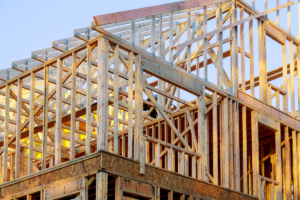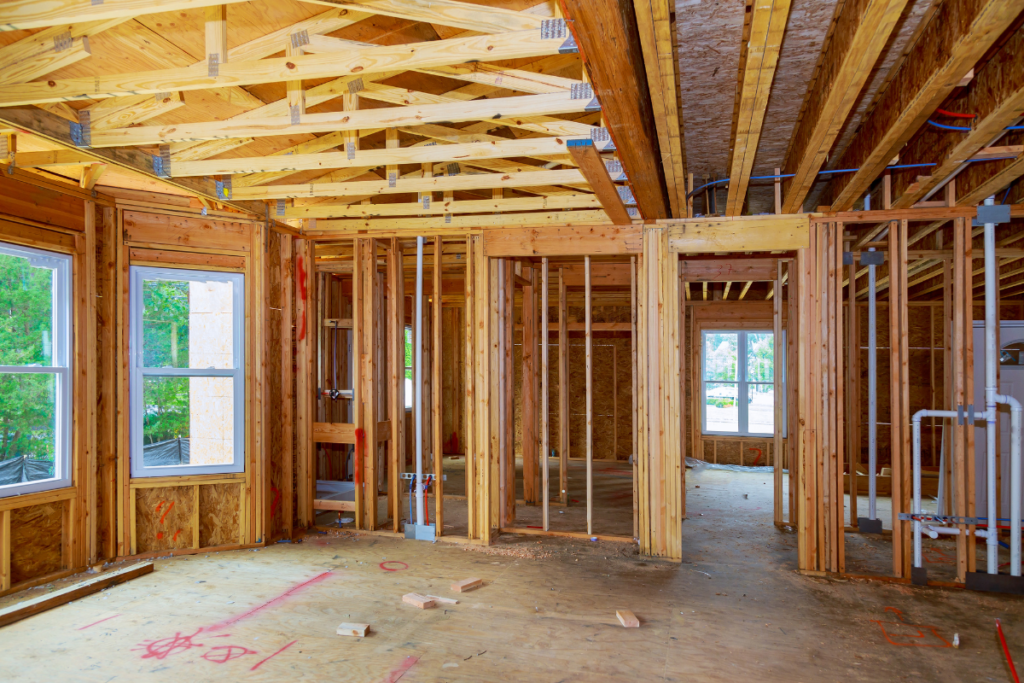 Introduction to Construction Wood Framing Estimating:
Introduction to Construction Wood Framing Estimating:
Construction wood framing estimating is a critical aspect of building projects, especially when accuracy and cost control are top priorities. Wood framing is the backbone of most residential and commercial structures, forming the skeleton of buildings, walls, floors, and roofs. Properly estimating the wood framing requirements in construction is essential to ensure that projects stay within budget, avoid delays, and meet quality standards.
In this article, we’ll explore the key elements of construction wood framing estimating, including material costs, labor considerations, and potential challenges. By understanding the process, you can significantly enhance your project’s efficiency and minimize risks.
Understanding Construction Wood Framing Estimating
Wood framing in construction typically involves creating a framework of beams, studs, joists, and rafters that support the building’s weight and structure. Whether you’re working on a new home, an office building, or any other project, accurately estimating the amount of wood and labor required is crucial.
In construction wood framing estimating, several factors must be taken into account:
- Material Quantities
The first step in construction wood framing estimating is determining the quantity of materials needed. This includes calculating the number of wood studs, beams, and other components like nails, screws, and connectors. It’s important to assess the total square footage of the building to estimate how much wood will be required.Wall framing, for example, usually requires studs spaced 16 or 24 inches apart, depending on the design. Floors and roofs require joists and rafters that are properly spaced and sized to support loads. Estimating wood framing accurately helps avoid costly overages or shortages that could disrupt the project timeline.
- Material Costs
Once you’ve calculated the necessary materials, the next step is determining the cost of the wood. Construction wood framing estimating needs to consider fluctuations in lumber prices, which can vary significantly based on supply and demand, regional availability, and environmental factors.Framing materials generally include:
- Dimensional lumber for walls, floors, and roofs
- Plywood or OSB (oriented strand board) for sheathing
- Specialty framing components for windows, doors, and staircases
When estimating, you must account for both waste and contingencies. Ordering extra material is often a wise move in case of mistakes or changes in design.
- Labor Estimation
Another critical factor in construction wood framing estimating is labor costs. Skilled carpenters are required for framing work, and their rates will depend on location, experience, and the complexity of the project. Estimating the number of labor hours involved can be challenging, but a detailed project plan and experience can help you make an accurate assessment.Labor costs include not only the carpenters but also project managers, equipment operators, and other team members involved in wood framing. Misjudging the labor requirements can lead to delays or unforeseen expenses, so it’s important to have an accurate estimate.
- Framing Techniques and Design
The framing design and techniques used in a project can greatly impact construction wood framing estimating. Traditional platform framing, balloon framing, and advanced framing each have different material and labor requirements. Understanding the nuances of each technique will help in creating a precise estimate.Additionally, custom architectural designs or large openings for windows and doors can require more advanced techniques or materials, further influencing your estimate.
- Potential Challenges and Considerations
While wood framing is one of the most common construction methods, it also comes with potential challenges that need to be considered when estimating. Some common issues include:- Material Waste: Cutting errors or poor planning can lead to significant waste, which should be factored into the estimate.
- Weather Conditions: Humidity and rain can affect wood framing projects, potentially causing delays and added costs for moisture-resistant treatments or covers.
- Building Codes and Permits: Estimating the time and money needed for building permits and ensuring the wood framing meets local code requirements is essential.
- Environmental Factors: In areas prone to hurricanes or earthquakes, additional reinforcements may be required, affecting both material and labor estimates.
The Importance of Detailed Construction Wood Framing Estimating
Accurate construction wood framing estimating has far-reaching benefits. First, it helps prevent budget overruns by providing a realistic view of material and labor costs. Second, it ensures that your project timeline is not disrupted by delays due to insufficient materials or labor shortages. Lastly, it helps manage expectations for everyone involved, from stakeholders to contractors.
With a clear and well-calculated estimate, you can present your budget to clients with confidence, ensuring transparency and trust in the process. Additionally, detailed estimates provide a framework for tracking costs throughout the project, helping to identify potential issues before they become costly problems.
Best Practices for Construction Wood Framing Estimating
To ensure the success of your construction project, follow these best practices for wood framing estimating:
- Use Estimating Software: Modern estimating software can automate much of the process, reducing errors and providing more accurate material and labor calculations.
- Consult with Experts: If you’re unsure about any aspect of the estimate, consult with experienced framers, contractors, or structural engineers to validate your figures.
- Account for Inflation: With material prices constantly changing, it’s wise to include a buffer in your estimates for future price increases.
- Conduct Site Inspections: The specific conditions of your building site, such as soil quality or slope, can affect the framing process and should be considered in the estimate.
- Review and Adjust: As the project progresses, revisit your estimates to ensure they align with actual costs and make adjustments as necessary to avoid surprises later.
Construction wood framing estimating is an essential component of any building project, and getting it right requires careful planning, accurate calculations, and consideration of both material and labor costs. By understanding the intricacies of wood framing and using modern tools and practices, you can create detailed, accurate estimates that keep your project on track, on budget, and free of costly surprises.
Whether you’re a contractor, estimator, or project manager, mastering construction wood framing estimating will set you up for success in the world of construction.
Are you looking for the best estimating services in USA?
Look no further than “https://zionestimating.com”
They are offering top-notch services like;
- Construction/cost estimation
- Budget planning
- Material takeoff
- Equipment estimation
and further more!!!
Here are some more information for your convenience:
Phone no. : +1 718-427-9941 || +1 562-383-6177
Email:[email protected]
Visit their blogs and site
https://zionestimating.com for the latest updates and service tips!
